While Mississauga commuters might be a little disappointed to hear that there are no plans to extend the TTC subway system to Square One, they might be happy to hear that plans to extend the Eglinton Crosstown Light Rail Transit project to Pearson Airport in Mississauga are still underway.
On Aug. 19, Ontario Premier Doug Ford appeared in Mississauga to announce that the government is releasing a Request for Proposals (RFP) to advance tunnelling work on the Eglinton Crosstown West Extension (ECWE).
The ECWE will extend the Eglinton Crosstown LRT, currently under construction, by 9.2 km from the future Mount Dennis Station to Renforth Drive. The province says the extension will create connections between different transit systems throughout the region.
It will provide connections to the UP Express and Kitchener Line GO train service at Mount Dennis, TTC bus services at transit stops in Toronto, and MiWay and GO bus services via the Mississauga Transitway at Renforth Drive.
The Renforth Station, located in Mississauga, is the most eastern terminus of the 18-kilometre Mississauga Transitway, a dedicated bus corridor with 12 stations. The Transitway, which runs east to west, begins at Winston Churchill Boulevard and ends at Renforth Drive.
The province said it’s also still committed to establishing a connection to Pearson International Airport, which is technically located in Mississauga.
The project has a preliminary cost estimate of $4.7 billion and is estimated to support as many as 4,600 jobs annually during the six-year construction period.
The province estimates that the ECWE project will bring 31,000 jobs within a 10-minute walk to a station and attract 37,000 daily boardings by 2041.
“Today marks another step forward in delivering modern underground rapid transit to connect people from across Toronto and Mississauga to one of the country’s largest employment centres,” said Ford in a statement.
“Working with our partners, we will reduce travel times for riders and get more vehicles off our roads, so people can spend more time with their families.”
On Aug. 20, 2020, the province will invite the selected teams from the Request for Qualifications (RFQ) process to respond to an RFP that details how they plan to design and deliver the tunnelling work for the ECWE.
Infrastructure Ontario (IO) and Metrolinx expect to award this tunnelling contract in mid-2021.
The Greater Toronto Airports Authority (GTAA) first announced plans to partner with Metrolinx to extend the Eglinton Crosstown West LRT from Renforth to Toronto Pearson Airport in late 2019.
While the Eglinton Crosstown West project is a light rail transit project, the province says there are plans to build it (or part of it) underground, hence many are referring to it as a subway.
The plan is part and parcel of a plan to turn Pearson into a major transit hub dubbed Union Station West.
The province says that to expedite work on the extension, tunnelling will begin first, followed by separate contracts for the balance of the work.
On Aug. 5, 2020, Ontario announced three teams of bidders per project were shortlisted to advance tunnelling work on the ECWE and the Scarborough Subway Extension.
The province plans to spend $28.5 billion on transit projects, with the funding directed towards the ECWE, the Scarborough extension, new Ontario Line and the Yonge North Subway Extension.
At the press conference, Ford asked the federal government to commit to helping to fund the major transit projects.
“I want to thank the province for advancing the important work needed to extend and connect the Eglinton Crosstown to Renforth Station,” said Mayor Bonnie Crombie in a statement.
“Once complete, this will serve as Mississauga’s newest east to west regional transit link and fully connect our transit system to Toronto and the GTA. It will allow for more frequent and rapid service to the Airport Corporate Centre and, eventually, Pearson Airport, which will one day be Mississauga’s Union Station West.”

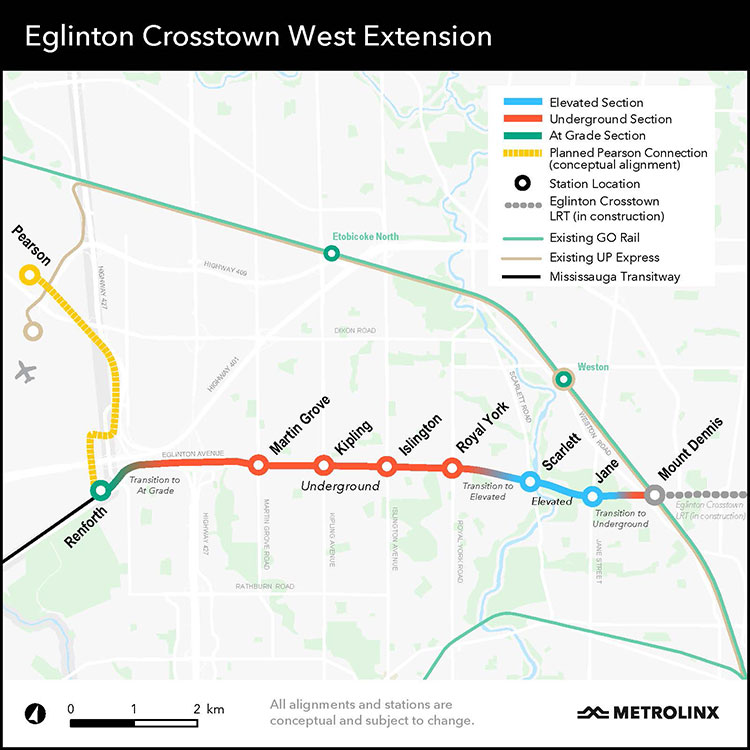
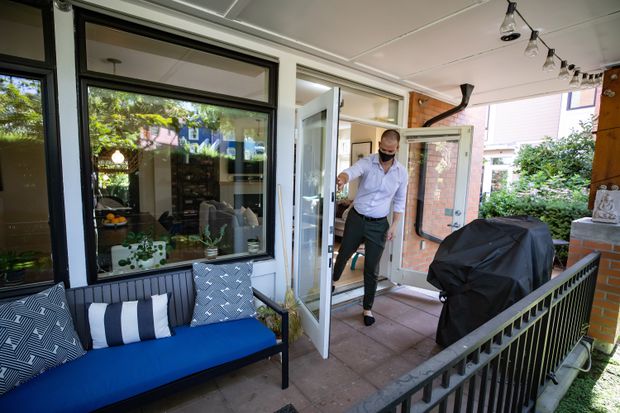
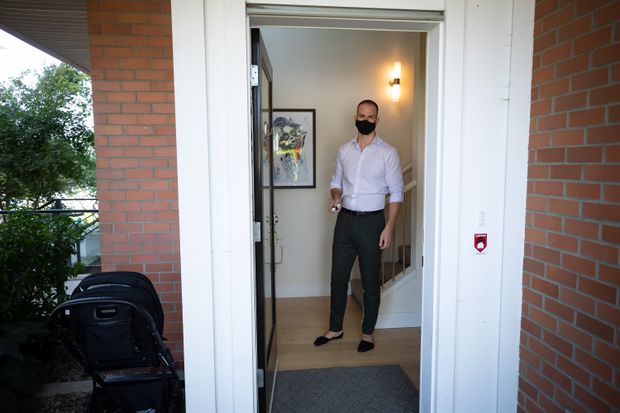
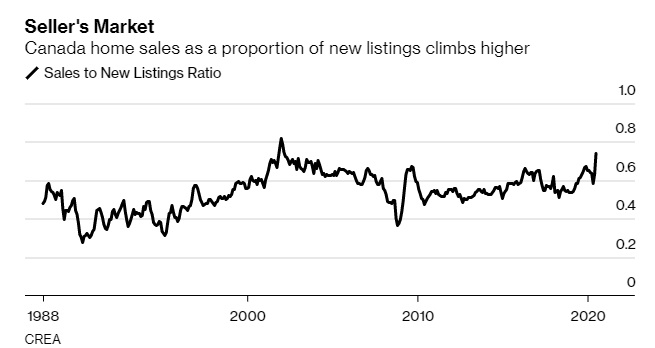
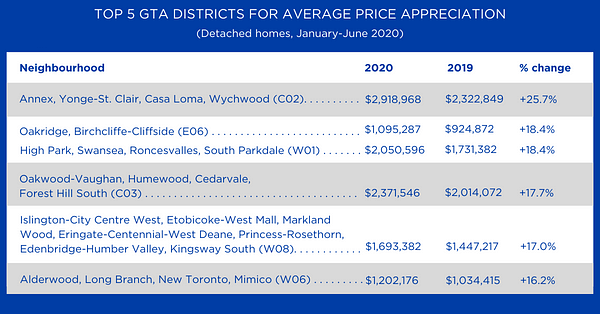













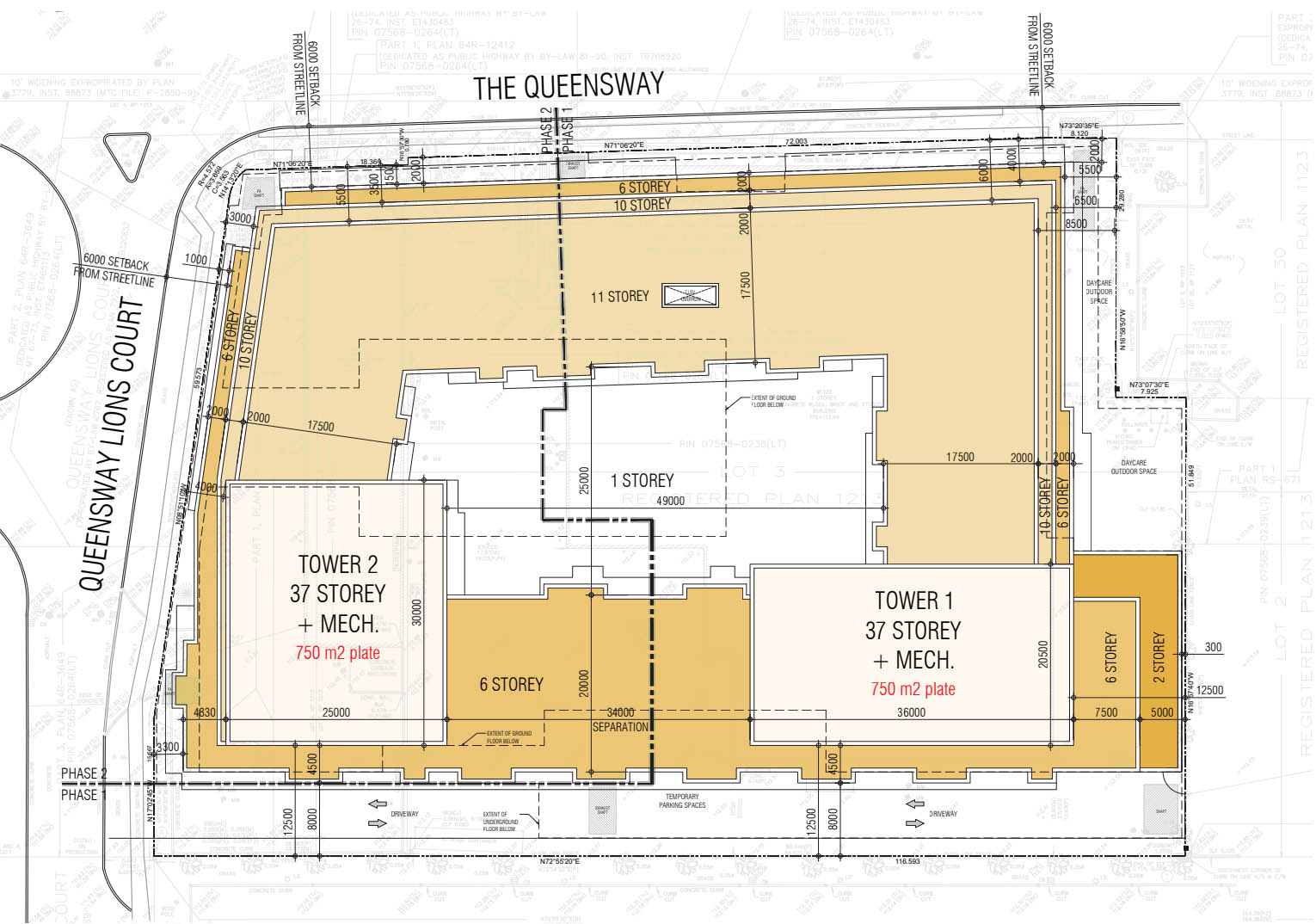


 Maziar Moini, Broker of Record - Home Leader Realty Inc.
300 Richmond St. W., #300, Toronto, ON M5V-1X2
Maziar Moini, Broker of Record - Home Leader Realty Inc.
300 Richmond St. W., #300, Toronto, ON M5V-1X2

